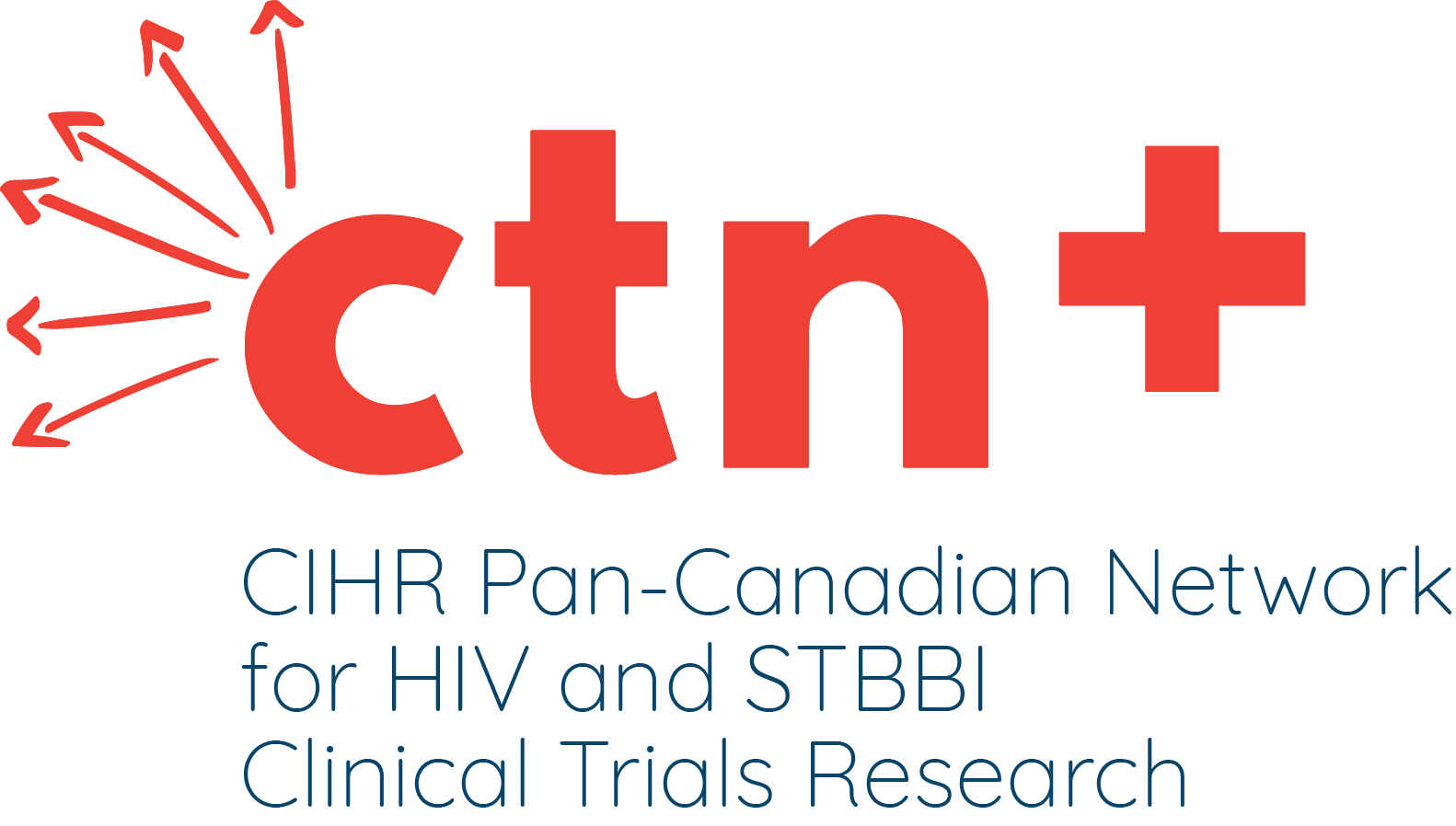Quick Take
In a new publication from the EPIC4 Study (CTN 281), 73% of Canadian children living with HIV achieved a sustained undetectable viral load, falling short of the third UNAIDS target of having 90% of those on treatment achieving viral suppression. Socioeconomic vulnerability was strongly associated with poorer treatment outcomes, suggesting that we need to look beyond the health system to identify and address barriers to effective care.
Kakkar F, Lee T, Hawkes MT, Brophy J, Lindy S, Singer J, Dieumegard H, Sauve L, Alimenti A, Vaudry W, Seigel S, Tan B, Karatzios C, Lamarre V, Read S, Soudeyns H, Bitnun A; EPIC4 Study Group. Challenges to achieving and maintaining viral suppression among Canadian children living with perinatal HIV infection in the Early Pediatric Initiation Canada Child Cure Cohort. AIDS. 2019 Dec 2 epub ahead of print.
The Problem
Early treatment of children who become HIV+ around the time of childbirth is important for maintaining long-term health. It could also be a strategy for controlling the amount of a dormant HIV in the viral reservoir.
Children living with HIV face unique challenges compared to adults. This is because there are fewer available liquid forms of treatment that infants and young children can take (when they can’t swallow pills) and children may refuse to take these due to poor taste. Children are also more susceptible to social influences and their family structure can affect their treatment adherence.
Viral suppression is the ultimate goal of antiretroviral therapy (ART). However, very few studies have looked at viral suppression in children beyond 2 years from the start of treatment. To fill this knowledge gap, CTN Investigators recently conducted a study to understand the long-term treatment success of Canadian children. Specifically, the researchers aimed to understand how long it takes children to get to viral suppression, how long suppression lasts, and the factors that affect treatment success.
The Study
The analysis was a part of CTN 281 (EPIC4), a study of children and young adults living with HIV, recruited from eight pediatric HIV care centers across Canada. The study collected data on treatment type and adherence, viral load, and inflammatory and immune markers.
The researchers were most interested in how long it took study participants to get to an undetectable viral load. They were also interested in participants who had a sustained undetectable viral load, which they defined as viral suppression maintained for 3 or more years. The team also looked for potential predictors of treatment success like immigration status, socio-economic status, birth year, and family situation.
The Results
Two-hundred and twenty-six children participated in the study. Over half were born outside of Canada, just under two-thirds were from families who received social assistance, and one-third had been in foster care. Most of the children started ART before the age of five and by the end of the study, approximately 90% of children were on treatment. Median time to viral suppression was 1.3 years; this time was shorter in children born after 2010, those who were not involved with child protection services, and children who started ART after the age of 5.
Only 58% of children received uninterrupted ART since their treatment began. Among these children, time to suppression was about 1 year and this time was shorter in children born in Canada, compared to children born outside of Canada, and children who started ART after the age of 5.
Among the children who returned for follow-up visits after they achieved viral suppression, 73% and 58% maintained suppression at 3- and 5-years post-treatment. Predictors of sustained viral suppression included female sex, no history of child protection services, and belonging to a family that did not receive social assistance.
The Implications
Despite being citizens of a wealthy country with universal healthcare, Canadian children living with HIV do not meet the third UNAIDS 90-90-90 target, which aims to have 90% of people on ART achieving viral suppression.
The proportion of Canadian children achieving viral suppression in this study (73%) is similar to reports of children in low- and middle-income countries. These findings suggest that the remaining barriers faced by children are universal across different countries, and are not associated with income level or the health care system.
The children in the cohort were more vulnerable than the general population of Canadian children. This social vulnerability affected the likelihood that the children would experience a treatment interruption, achieve viral suppression, and the time to viral suppression.
Overall, this study shows that Canadian children are falling short of the worldwide targets for viral suppression. There is a group of children who are particularly vulnerable whose treatment success is determined by factors outside of the medical system. Efforts to improve clinical outcomes should involve identification of high-risk children and proactive intervention to support treatment adherence and success.






